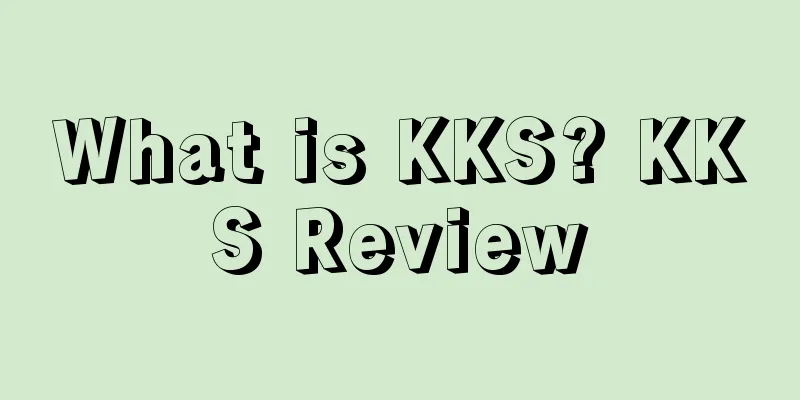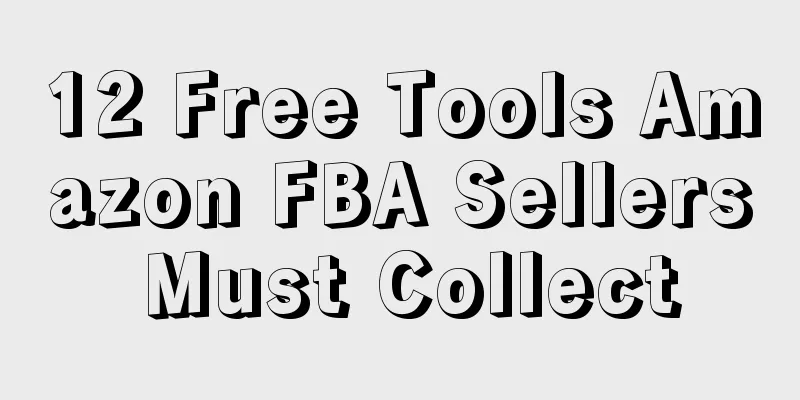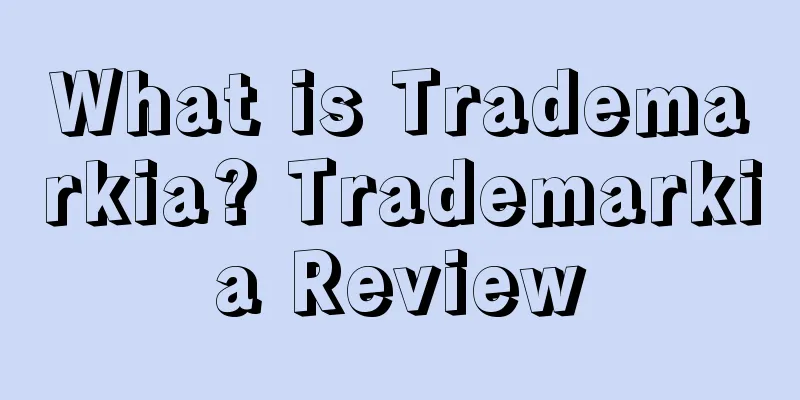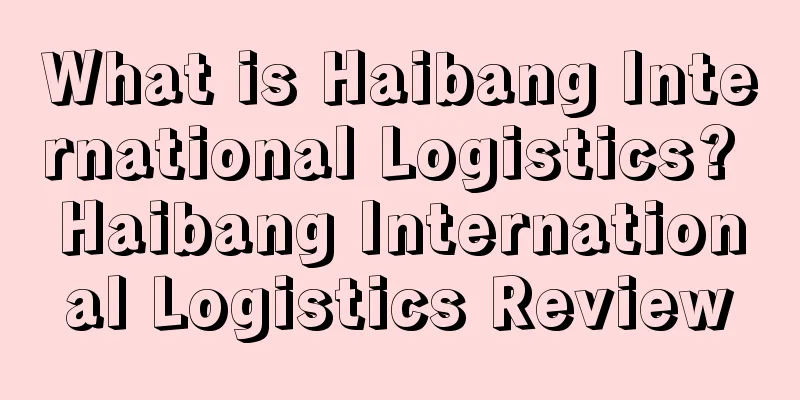What is a US trademark? US Trademark Evaluation
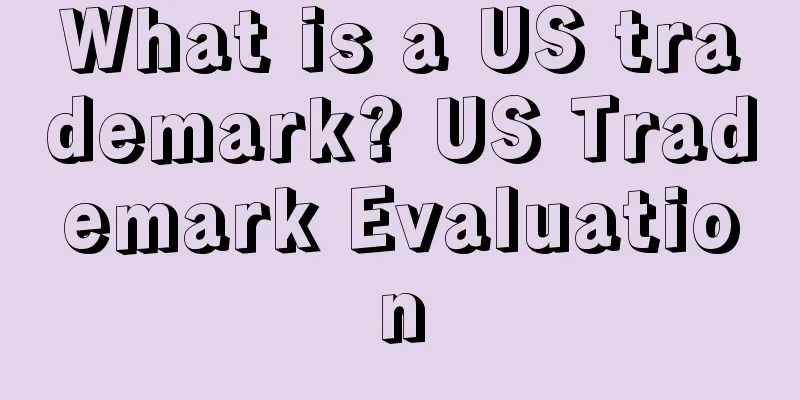
A trademark is a mark, image, stylized word or text, slogan, logo, company name, product name, etc. used in commercial activities and associated with a specific product, service or brand. Official website: https://www.uspto.gov/ EnglishTrademarksAdvantages of Trademarks1. In terms of the root of legislative protection, the United States believes that: the first brand has spent a lot of effort to accumulate its goodwill, which has generated consumer recognition and brand premium. The law should protect the brand value of the first brand to prevent it from being confused or stolen, and it is also a kind of protection for consumers. Therefore, in the same category, the first has priority. At the same time, those with greater influence and higher market recognition have priority. 2. Benefits of obtaining a registered trademark: If someone infringes on your rights in the future, you can issue a cease-and-desist letter. If the other party does not stop the infringement after receiving the cease-and-desist letter, the trademark owner can ask the other party to bear the subsequent legal protection costs. importanceHaving an R mark is a necessary condition for filing on Amazon in the United States. US Trademark DescriptionThere are two levels of registered trademarks in the United States: state and federal. Amazon Brand Registry requires sellers to have a federal registered trademark, which needs to be registered with the United States Patent and Trademark Office (USPTO). Anyone (including non-US citizens) can submit a trademark registration application to the USPTO for free. US Trademark CategoriesUnder U.S. law, a trademark is a word, name, symbol, design, or combination thereof used to indicate the source of goods or services, including trademarks, service marks, collective marks, and certification marks. ■ Classification of US Trademarks 1. Trademarks A product trademark is a product mark that distinguishes the applicant's products from similar products manufactured or sold by other manufacturers. 2. Service Marks A service mark is a mark that distinguishes one person's services, including a unique service, from those of others. 3. Collective Trademarks A collective mark is a trademark or service mark used by members of a company, association, or other group or organization. 4. Certification mark A certification mark is a mark that certifies that the goods or services provided by others have certain characteristics. These characteristics include: the geographical or other origin of the goods or services, the materials used in the goods, the way the goods are made, the quality and accuracy of the goods or services, or the goods or services are made or provided by members of a certain association or organization. Individuals, countries, states, and cities can apply for and obtain registration. U.S. Trademark Application Materials1. Use evidence 8-10 pictures of different products with trademarks printed on them. The pictures should be named after the products. 2. Proof Individual applicants need to submit a copy or scanned copy of their ID card Company applications require submission of an electronic or scanned copy of the business license 3. Product name and category Eligibility1. Anyone who has used a trademark in the United States can apply for trademark registration. 2. Anyone who intends to use a trademark in the United States can also apply for trademark registration. Review processIntended use: application - acceptance - review - announcement - submission of use evidence - registration - issuance of certificate; Actual use: application (submission of evidence of use) – acceptance – review – announcement – registration – issuance of certificate. Time required1. Official receipt time: 1 week; 2. Get the certificate in 10 months based on use in the United States; 3. Based on other basis: obtain the certificate in 12 months. The system of principal and auxiliary books1. Registration of trademarks in the principal register Obtaining a trademark registration on the USPTO Principal Register will provide the best protection for defending your brand. There are many benefits to registering on the Principal Register, including: (1) After a trademark is approved for registration, it is presumed that the registrant has used the trademark nationwide since the date of filing the trademark registration application; (2) presumption of the validity of the mark, the registrant's ownership of the mark, and the registrant's exclusive right to use the mark nationwide in connection with the products and services it designates; (3) Restricting the scope of use of the same or similar trademark by others before the trademark is registered, that is, other owners of the same or similar trademarks can only use their own trademarks within the original scope; (4) After a trademark is approved for registration, no one may use an identical or similar trademark that may cause confusion among consumers; (5) obtain injunctive relief and recovery of interest, damages, and costs in federal court proceedings, and in some cases increase damages and attorneys' fees; (6) Obtain the right to register with the U.S. Customs and Border Protection to monitor and prevent the importation of products bearing infringing marks; (7) Criminal penalties may be imposed for counterfeiting registered trademarks. However, not all marks can be registered in the principal register. The conditions for trademarks to be registered in the principal register are: the trademark itself has distinctiveness; or it originally did not have distinctiveness but has acquired a secondary meaning through extensive use * , thereby being able to identify the source of goods or services. Section 1052 of the Lanham Act specifies marks that cannot or should not be directly registered on the principal register, including: (1) The identification is primarily and solely of the surname; (2) A mark that is similar to a previously registered or used trademark and may cause confusion among consumers; (3) Immoral and derogatory marks; (4) Deceptive markings; (5) Descriptive identification; (6) A geographical indication indicating the place of origin of wine or liquor, but the wine or liquor concerned does not originate from the area indicated by the geographical indication; (7) Any logo containing the flag, uniform, or emblem of the United States, its states, cities, or foreign governments; (8) any mark containing the name, likeness, or signature of any living individual, unless the written consent of that individual is obtained; (9) Any mark containing the name, signature, or likeness of any deceased President of the United States during the lifetime of such widow, unless the written consent of such widow is obtained. 2. Supplementary registration of trademarks The difference between the principal register and the supplementary register is mainly in the requirement for distinctiveness. Some marks, such as surnames, descriptive marks, etc., although not currently identifiable, may acquire secondary meanings through substantial use and promotion * and may be registered on the supplementary register. Although a trademark registered through the Supplementary Register does not enjoy the same legal validity and presumption of ownership as a trademark registered through the Principal Register, there are still benefits to registration, mainly including: (1) It can effectively prevent other confusingly similar trademarks from being registered later; (2) It can be used as a basis for filing foreign trademark applications; (3) The proprietor may use the registration symbol “®” next to the trademark. The trademark to be registered in the supplementary register must be one that the applicant has already used. If the trademark has been used and promoted continuously and exclusively to a certain extent, so that the relevant purchasing groups can easily associate the goods or services bearing the trademark with a single source, you can apply for registration in the principal register. The USPTO will accept sufficient evidence of distinctiveness of a mark as long as substantial and exclusive use of the mark is demonstrated for 5 consecutive years. However, additional evidence such as sales reports, advertising expenses, advertising and promotional materials, and evidence of consumer recognition of the mark such as consumer testimony and survey reports are required. Validity period of trademark registration1. The validity period of trademark registration and renewal registration before November 17, 1989 is 20 years; however, the validity period of trademark renewal after November 16, 1989 is 10 years; 2. After the Trademark Amendment Act came into effect, i.e. after November 16, 1989, the validity period of trademark registrations approved will be changed to 10 years, starting from the date of registration. The validity period of each renewal is also 10 years. China Trademark SubsidiesConditions of subsidy: (1) The subject is an enterprise or institution registered in accordance with the law in Shenzhen (including the Shenzhen-Shantou Special Cooperation Zone), or an individual with Shenzhen household registration or holding a valid Shenzhen residence permit; (2) Obtaining the overseas trademark registration certification document; (III) The registered accounts of all reporting entities and individuals must obtain L3 level verification. Subsidy standards: (i) For those who obtain a registration certificate through the Madrid System, the subsidy will be based on the number of designated countries, with a subsidy of RMB 1,000 for each designated country or region, and a maximum of 20 countries or regions for each application; after obtaining the Madrid International Registration Certificate, the subsidy can be applied for once with the certificate, and no repeated subsidy will be provided after the designated countries approve the registration; (ii) For those who obtain registration certificates from the European Union, the African Intellectual Property Organization (OAPI) and the African Regional Industrial Property Organization (ARIPO), a subsidy of RMB 3,000 will be provided for each application; (3) For those who obtain a registration certificate in a single country, a subsidy of RMB 1,000 per case; (IV) For those who obtain a registration certificate in Hong Kong, Taiwan or Macau, a subsidy of RMB 1,000 will be provided for each case. References
|
<<: What is the Madrid International Trademark? Madrid International Trademark Review
>>: What is Power Seller? Power Seller Review
Recommend
Restore 6 ASINs in 1 week! Can this "golden appeal material" greatly increase the success rate of appeal?
Lucas My C position In today's cross-border e-...
Comparison of 2022 Chinese and American shopping festivals: This time, "Cyber Week" beats "Double 11"
It is learned that the two largest shopping festiv...
Etsy launches new seller app! Adding product information is faster!
<span data-docs-delta="[[20,"获悉,近日Etsy发布公告...
A post-90s Amazon female operator in Shenzhen: I haven't had a salary increase in two years. Is it that the salary level in the industry has shrunk, or is my ability only worth this price?
Anonymous user My C position I am a female, born i...
Riding on the fast track of live e-commerce trend! Forever21 launches live shopping business!
It is learned that Forever21, an American fast fas...
Prime Day: Beware of the Losses of New Policies after the Big Sale
Next Monday is the much-anticipated Prime Day! Th...
What is Fujian Zongteng Network Co., Ltd. (Zongteng Group)? Fujian Zongteng Network Co., Ltd. (Zongteng Group) Review
Fujian Zongteng Network Co., Ltd. (referred to as ...
AI will bring a trillion-dollar increase to the retail industry! Amazon and Walmart will benefit the most!
According to the latest Retail AI Readiness Index ...
Nearly 20,000 units sold in 20 days! Amazon's unpopular products also have high sales
Generally, most Amazon sellers choose popular prod...
What is Alpharepricer? Alpharepricer Review
Alpharepricer is a tool used to fight price wars ....
The latest online shopping trends among American consumers! 96% of people value free shipping!
<span data-shimo-docs="[[20,"获悉,据报道,近日Adta...
What is Tianyun International Logistics? Tianyun International Logistics Review
Tianyun International Logistics (Group) Co., Ltd. ...
A large number of sellers' links have become fake! Can the generic word "one" also be registered as a trademark?
At the beginning of the new year, while looking ba...
What is Shopping Actions? Shopping Actions Review
Shopping Actions is a new plan announced by Google...
"North American Alipay" Square launches Cash App Pay! Challenge Paypal!
It is learned that the US payment platform Square ...
